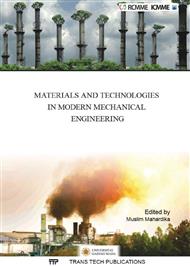p.141
p.147
p.164
p.178
p.186
p.191
p.200
p.208
p.217
A Study on Hovercraft Resistance Using Numerical Modeling
Abstract:
Hovercraft operates on multi-terrains such as on water surface, on roads, on mud, on non-flat surfaces... it is used popular on the world. With the ability of operating on multi-terrains at high speed, hovercraft is used for many purposes, such as on surveying and rescues missions on areas that are not reachable by normal vehicles, on military missions and traveling... Currently, methods for estimating hovercraft resistance are not accurate enough due to many experiential formulae and coefficients involved during calculating process. This paper presents a method for calculating hovercraft resistance using computational fluid dynamics (CFD) tools. This research method is used popular and modern research method on the world. The method was applied for calculating resistance of a 7 meters length hovercraft model. The modelling results give us suggestions in selecting engine power and operating speeds for minimizing fuel consumption.
Info:
Periodical:
Pages:
186-190
Citation:
Online since:
June 2016
Authors:
Keywords:
Price:
Сopyright:
© 2016 Trans Tech Publications Ltd. All Rights Reserved
Share:
Citation:


